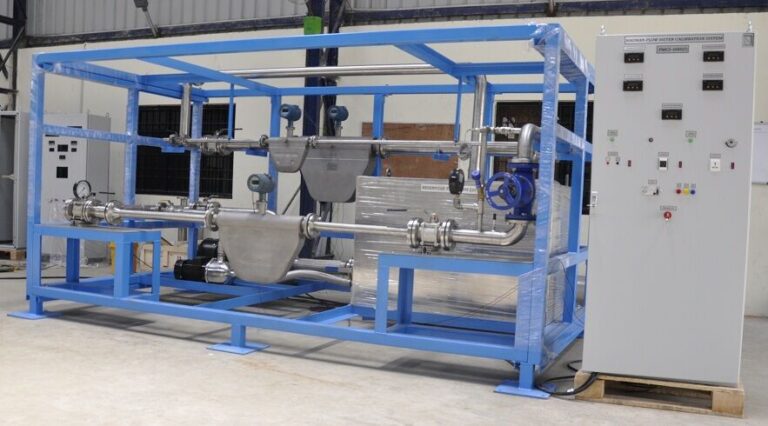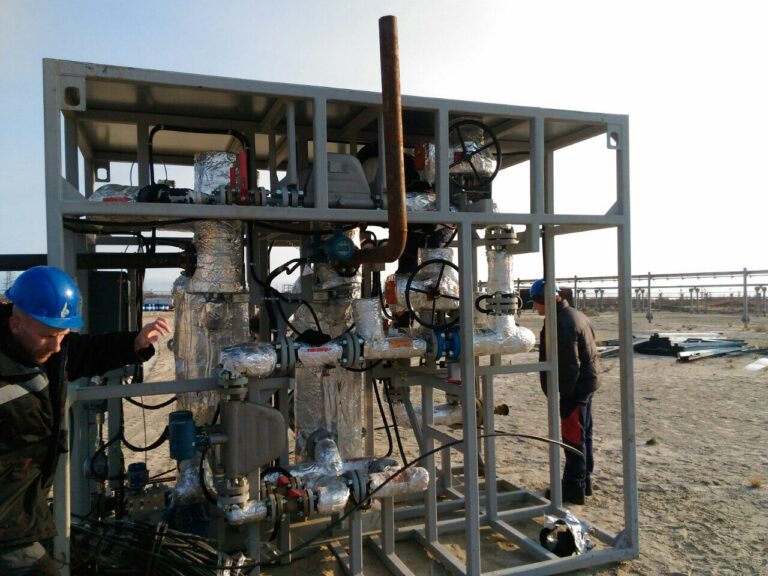In modern industrial, medical, and aerospace systems, instrument self-diagnostic fault outputs serve as a critical feature for maintaining system health. When an instrument detects a fault within itself, it sends out a warning or signal to the operator or the control system, providing valuable information for decision-making. However, when such fault warnings occur, there is often a decision to be made: should priority be given to reliability or availability in addressing the fault? The answer largely depends on the specific context in which the instrument is being used. Below is a detailed exploration of these two aspects and how they impact different industries.

1. Understanding Reliability vs. Availability
Reliability refers to the ability of an instrument to perform its intended function accurately and consistently over time without failure. It is the assurance that, when needed, the instrument will work as expected and provide trustworthy data. In the context of self-diagnostic faults, reliability focuses on identifying and correcting any potential issues before they escalate into system-wide failures.
Availability, on the other hand, is the degree to which an instrument or system is operational and capable of performing its required function. Availability takes into account both the reliability of the instrument and the time required to repair it if faults occur. It essentially asks, “How often can this instrument be in use despite faults or the need for repairs?”

2. When to Prioritize Reliability?
There are scenarios where reliability takes precedence over availability, and these typically involve systems where safety, accuracy, or precision are paramount. Here are key examples:
Critical Safety Systems (e.g., Medical Devices, Aerospace, Nuclear Energy): In fields like healthcare, aerospace, or nuclear power, even minor instrument failures can lead to catastrophic consequences. For instance, a fault in a heart monitor, a flight control system, or a nuclear reactor sensor must be taken extremely seriously. In these cases, reliability is non-negotiable because the risk of system failure is simply too high. A self-diagnostic fault warning should prompt immediate attention, and it may be better to halt operations temporarily to address the issue than to risk incorrect readings or unsafe conditions.
Medical Devices: Consider a ventilator or an infusion pump used in critical care. If these devices detect internal faults, continuing their operation under compromised conditions could jeopardize patient safety. Here, reliability is paramount, as the primary concern is that the device functions correctly and safely at all times.
Aerospace Systems: In aviation, every component of the aircraft’s instrumentation must function reliably. A small fault in a navigation or altitude measurement system could result in loss of life if it leads to incorrect decision-making by the pilot or autopilot systems. Thus, aircraft instrumentation must prioritize reliability over availability.
High-Stakes Industrial Applications (e.g., Chemical Plants, Oil Refineries): In high-risk industrial environments, a fault in a critical instrument can lead to hazardous conditions, including explosions, chemical spills, or fires. For example, a pressure sensor in an oil refinery must be highly reliable, as an undetected fault could result in a failure to monitor dangerous pressure levels, leading to disastrous outcomes. In such environments, it is better to stop operations temporarily to repair or replace faulty instruments rather than to continue with a less reliable system.

3. When to Prioritize Availability?
In contrast, there are situations where maintaining availability is more important than addressing every potential fault immediately. These are usually scenarios where system downtime is more costly or disruptive than the risk posed by a fault.
Non-Critical Industrial Systems (e.g., Manufacturing, Energy Distribution): In some manufacturing processes, minor faults in instruments can be tolerated if they do not pose significant risks to safety or output quality. For example, a fault in a temperature sensor used for monitoring environmental conditions in a non-critical part of a factory might be less important than keeping the entire production line running. In this case, prioritizing availability ensures that the production process continues, and the fault can be addressed during routine maintenance without causing costly downtime.
- Energy Distribution Systems: In energy distribution networks, the demand for uninterrupted power is high, but not every instrument failure leads to immediate risks. For example, a fault in a secondary monitoring system can be tolerated for a time, allowing engineers to address it during scheduled maintenance windows, thus ensuring continuous power delivery to customers.
Telecommunications and IT Infrastructure: In IT and telecom networks, where uptime is crucial to prevent service disruptions, availability often trumps immediate fault resolution. A self-diagnostic fault might indicate a degraded performance in a non-critical component, but it may be better to keep the system running while preparations for repair or replacement are made. In such cases, the system’s ability to continue operating despite minor faults is often more important than taking it offline for immediate repairs.

4. Finding the Balance Between Reliability and Availability
In many cases, organizations must find a balance between reliability and availability. Systems can be designed with redundancy to achieve both goals, where critical functions are backed up by secondary systems that allow for maintenance without affecting availability. Redundancy increases the overall reliability of the system while ensuring that faults in individual components do not result in downtime.
- Redundant Systems: In some critical applications, such as in data centers or medical systems, redundant instruments and pathways are used to ensure that even if one component fails, another can take over. This way, the system remains both reliable and available. In these scenarios, a fault in one instrument doesn’t compromise overall system performance, allowing time for repairs without interrupting operations.

5. Conclusion: Tailoring the Priority to the Application
Ultimately, whether to prioritize reliability or availability in the context of instrument self-diagnostic fault output depends on the application and the associated risks. In high-stakes, safety-critical environments such as healthcare, aerospace, and hazardous industries, reliability must be the top priority to ensure safe and accurate performance. However, in systems where downtime can cause significant disruptions or financial losses, and where the risks of failure are lower, prioritizing availability may be the better approach.
Designers and operators of these systems must carefully assess the specific needs of their applications and design their maintenance strategies accordingly, sometimes employing redundancy or scheduled maintenance to achieve an optimal balance between reliability and availability.
